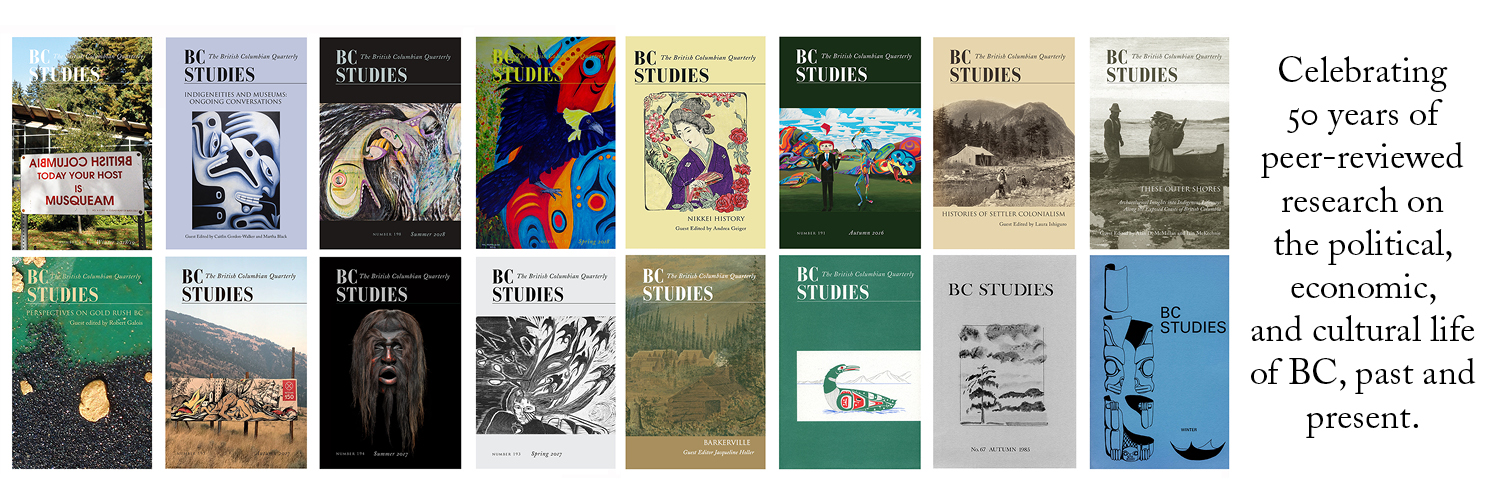The Kitsilano Scandal
The Destruction of Sen̓áḵw As Told in Local Newspapers, 1913-16
DOI:
https://doi.org/10.14288/bcs.no222.198880Keywords:
Kitsilano, newspapers, land policies, Indian Reserves, land settlementAbstract
This article looks at the 1913 destruction of the Sḵwx̱wú7mesh village of Sen̓áḵw, located on the Kitsilano Reserve of the Squamish Tribe. While other accounts have focused on the details of the now notorious sale, I examine what was referred to at the time as the Kitsilano Scandal. The destruction of Sen̓áḵw, while recently rediscovered by non-Indigenous people, was once well known across British Columbia. When the acting premier decided to do away with the legal formalities of land theft, the scandalous details of the illegal sale were widely reported in the province’s newspapers. The Sḵwx̱wú7mesh’s forced move and the burning of their village was a spectacle of settler colonial violence that sparked months of debate over settlers’ ethical obligations towards Indigenous Peoples, culminating in a legislative inquiry in 1916.
Through close readings of newspaper coverage, political discourse, and inquiry proceedings, it becomes clear that what scandalized settlers was not the harm done to the Sḵwx̱wú7mesh but, rather, the threat to the treasured myth of settler benevolence. Drawing on the theoretical work of Luc Boltanski, Nicholas Dirks, and Ann Stoler, I explore the relationship between settler scandals and moral indignation, examining how both can work to sustain and perpetuate settler colonial power rather than to produce justice for Indigenous Peoples.



